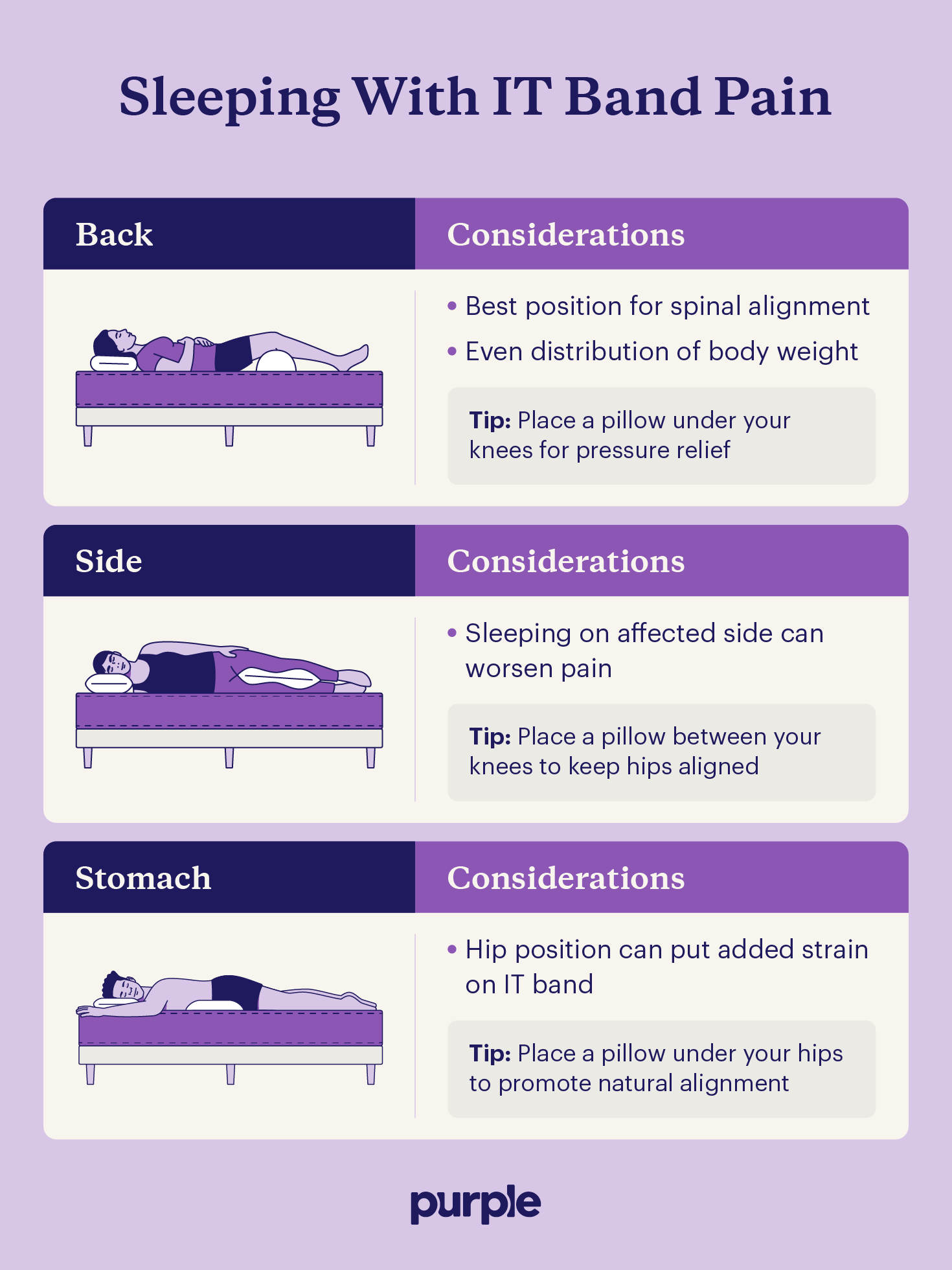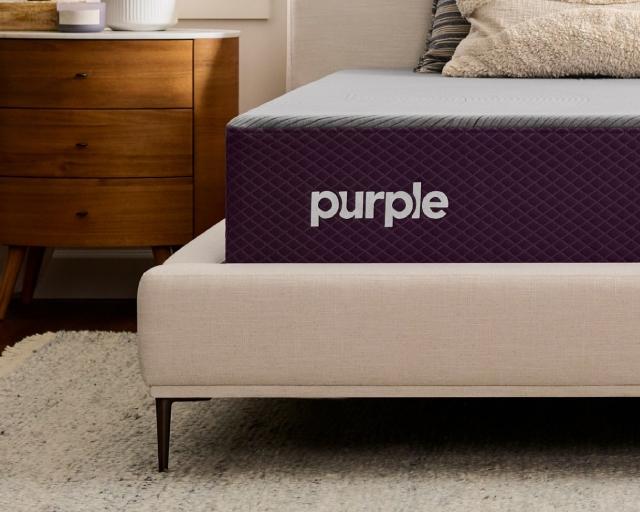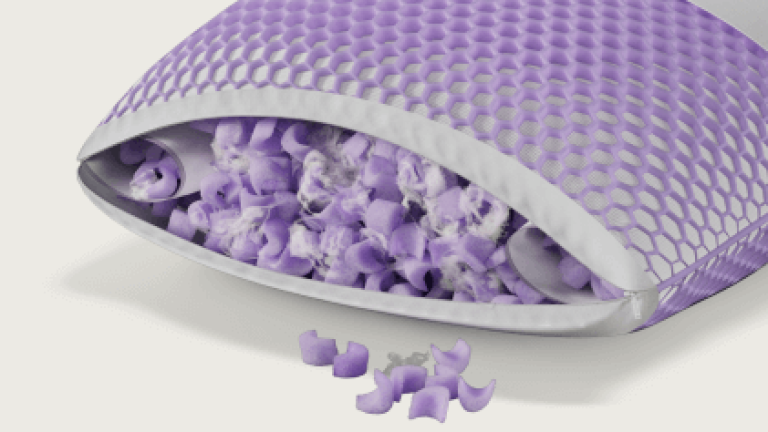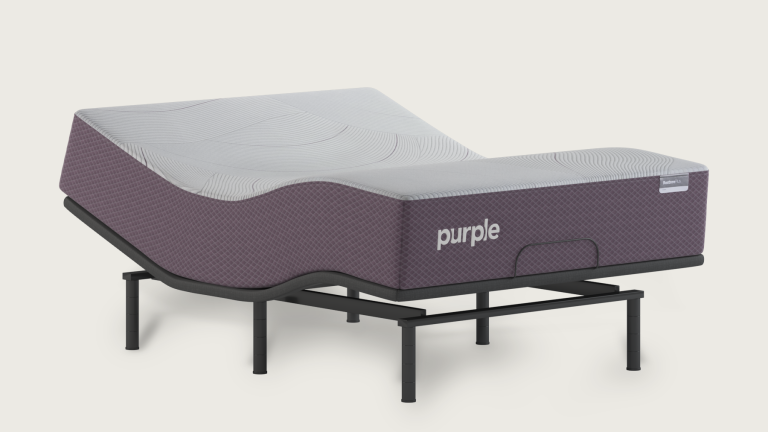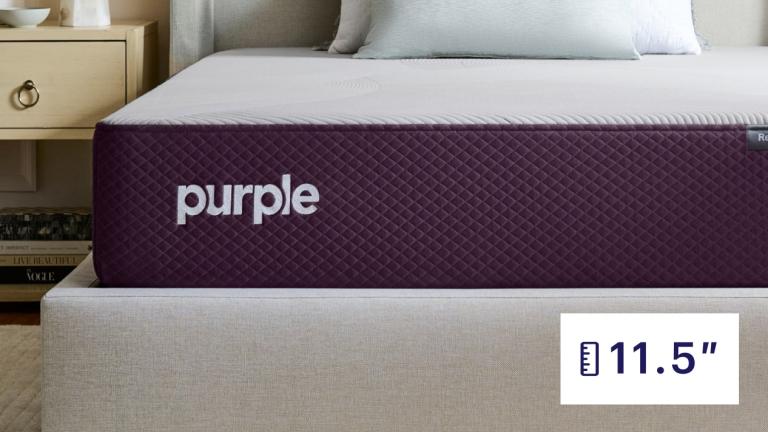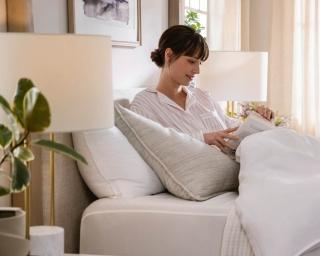Best Sleeping Position for IT Band Pain: Relief + Prevention Tips
What’s the best sleeping position for IT band pain?
The best sleeping position for IT band pain relief is on your back. Sleeping on your back allows your spine to rest naturally and distribute your weight more evenly, reducing stress on the IT (iliotibial) band.
IT band pain, or iliotibial band (ITB) syndrome, is an overuse injury, most common in runners and cyclists who repetitively bend their knees. Specific sleeping positions can further exacerbate the pain, making it helpful to sleep in certain positions. Generally, the best position for IT band pain relief is sleeping on your back, which can reduce stress on your muscles.
Below, we'll explore why IT band syndrome occurs, how you can sleep on your back to reduce pain, and what pain relief options you have. Then, we'll look closer at your mattress and bed frame to see if they support your body and provide sufficient comfort.
Back Sleeping: The Best Position For IT Band Pain Relief
We've already mentioned that back sleeping is the best position for IT band pain relief, but why? For starters, sleeping on your back allows your spine to rest in a neutral position, which can help reduce overall stress on your IT band1. Sleeping on your back also helps distribute your body weight more evenly and prevents your hips from rotating inward, further reducing potential pressure.
If you're wondering how to sleep on your back, there are several tricks you can employ to train your body. Start by elevating your head and placing a pillow under your knees for additional support. If you find yourself tossing and turning, use extra pillows to keep yourself in place.
While sleeping on your back to reduce IT band pain, avoid crossing your legs, as this can put excessive pressure on your IT band.
What Causes IT Band and What Are the Symptoms?
You may experience IT band pain for various reasons, especially if you are an athlete in a sport with repetitive knee bending. Your IT band is a collection of tissue that runs along the outside of your thigh from your hip to your shinbone, and repetitive movements may inflame the muscle.2 When inflamed, the muscle can rub against the bone outside your knee, causing pain.
Common causes of IT band syndrome can include the following3:
- Conditions, such as bowlegs or knock knees
- Overtraining or an increase in knee activity
- Poor running form or worn-out athletic shoes
- Running on uneven surfaces
- Weakened muscles in your hops, glutes, and thighs
Symptoms of IT band syndrome may include:
- Aching or tenderness on the outside of your knee
- A clicking or popping sound coming from your knee
- Excessive swelling on the outside of your knee
- Pain radiating up your thigh or down your shin
- Sharp or burning pain on the outside of your knee
Other Pain Relief Options for Sleeping With IT Band Syndrome
In addition to sleeping on your back to relieve IT band pain, there are additional steps you can take to get more painless shuteye. Let's dive into other options for reducing IT band pain, from stretching and taking a warm bath to ensuring proper pillow and mattress support. Of course, don't forget to speak to your medical professional.
Choose a Supportive Mattress To Align Your Spine
Keeping your spine in a neutral position is critical to reducing stress on your IT band and preventing further irritation. Choosing a supportive mattress that keeps your spine neutral can go a long way toward providing relief. If your mattress is too firm, it can add additional pressure; if it is too soft, it can cause your hips to rate inwards.4
For individuals experiencing body pain, the Purple Restore® Hybrid Mattress can provide additional pressure relief and support, unlike memory foam. Why? The GelFlex Grid® cradles pressure points and instantly responds to your body's movements. Additionally, the GelFlex Grid® doesn't trap heat, allowing you to sleep up to 4x cooler than leading competitor mattresses.
Give Your Body a Few Good Stretches Before Bed
A painful IT band is generally the result of inflammation, and stretching can help your muscles release tension.3 Before heading to bed, consider a gentle stretch routine, avoiding anything that may cause additional pain. Lie on your back with your knees bent, crossing the impacted leg over your knee for a simple stretch. Then, gently pull the thigh of the bottom leg towards your chest, holding for up to 30 seconds.
Take a Warm Bath or Shower To Relax Your Muscles
Another gentle way to relax your muscles is to take a warm bath or shower. Don't use cold water; the goal is to use warm water to aid muscle relaxation. If you choose to take a bath, consider adding Epsom salts for some added relief.
Use an Adjustable Bed Frame To Elevate Your Legs
Reducing stress on your IT band tissue can help provide pain relief while sleeping. Elevating your legs is one method to help take pressure off the affected area and, likewise, can help reduce potential swelling.4 You can try to use pillows, but the best solution is an adjustable base.
You can easily adjust positions with the Purple Premium Smart Base via a mobile app or wired remote, reaching the perfect degree of leg elevation with the tap of a button. This base also features a Zero-Gravity position that reduces overall pressure and promotes healthy circulation.
Use an Extra Pillow for Additional Support
An extra pillow is a simple yet effective way to help relieve IT band pain; it can help to align your spine and hip, reducing pressure. Place a pillow of comfortable size under your knees while sleeping on your back to help obtain a more natural spinal position. If you must sleep on your side, you can place a pillow between your knees, like the Purple Harmony Anywhere™ Pillow, to prevent your leg from pulling on your hip.
Using a firm pillow that is thick enough to provide support is essential. The Purple Freeform™ Pillow, which provides a shapeable, moldable feel, allows you to adjust firmness and height to your exact liking. It also features a full wrap of Honeycomb GelFlex® Grid for added pressure relief and to promote a cool, comfortable sleep.
See a Medical Professional for Advice
With any health concern, it is best to consult a medical professional for more information. Persistent IT band pain can diminish one's quality of life and lead to additional restrictive mobility or further degenerative issues.5 If you are experiencing IT band pain, seek medical attention to prevent potential complications.
Find IT Band Pain Relief With a Supportive Mattress and Bedframe
Finding relief from IT band pain can be frustrating, but it isn't impossible. The best sleeping position for IT band pain is on your back, and it's a great start to relieving excessive pressure. To get the best sleep possible, turn to Purple for a supportive mattress that helps align your spine and promote recovery. An adjustable bed frame goes a step further, helping to elevate your legs and promote healthy circulation.
Find your ideal mattress and get a better night’s sleep with Purple.
FAQ
If you are experiencing IT band pain, optimizing your sleeping position is the most critical factor. Sleeping on your back is the best position to relieve IT band pain, and elevating your legs offers additional relief. Before bed, consider gentle stretches and a warm bath or shower to help ease tension. Don't forget to contact a medical professional for further advice and to treat your IT band syndrome.
Calming an inflamed IT band involves relieving tension and pressure. Choosing sleeping positions that reduce pressure, such as on your back, can provide relief. Additionally, you should have a supportive mattress that is firm enough to keep your spine neutral. Adding a pillow underneath your knees can further reduce stress on your hips and IT band.
While some recommend using a foam roller to relieve IT band pain, this can be detrimental if done incorrectly. Excessive pressure, rolling too quickly, or placing the roller directly on joints can cause additional pain. Always consult with a medical professional about health issues and concerns.
More To Exploew
Level up your sleep routine with our most-loved products.

